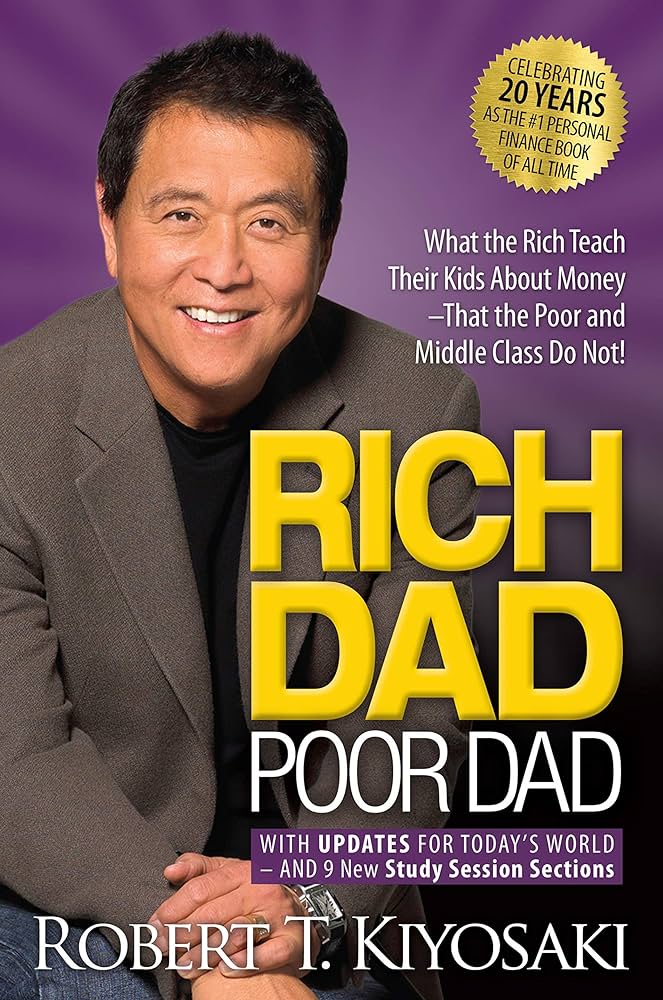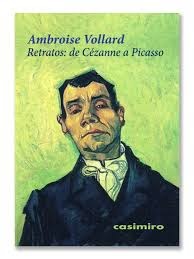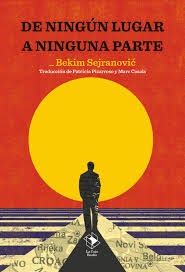
Rich Dad Poor Dad is a book by Robert T. Kiyosaki that challenges traditional views on money and offers advice on how to build wealth. The book is told through the story of Kiyosaki’s two fathers: his biological father, who was a highly educated but poor man, and his friend’s father, a wealthy entrepreneur who he calls “Rich Dad.”
Kiyosaki argues that traditional education does not teach people how to become financially successful. Instead, he emphasizes the importance of financial literacy, investing, and building assets. The book also discusses the importance of mindset and taking risks.
Rich Dad Poor Dad has been translated into over 51 languages and has sold over 32 million copies worldwide. It has been praised for its simple and easy-to-understand advice, but it has also been criticized for its oversimplification of complex financial concepts.
Download PDF
Review
Rich Dad Poor Dad by Robert Kiyosaki is a personal finance book that’s been incredibly influential, but it also has its fair share of criticism. Here’s a breakdown of the book’s strengths and weaknesses:
Strengths:
- Financial Literacy: The book emphasizes the importance of financial education, something many traditional school systems lack. It encourages readers to be proactive about learning how money works.
- Mindset Shift: Rich Dad Poor Dad challenges the idea that financial security comes solely from a high-paying job. It introduces the concept of building wealth through assets and passive income.
- Entrepreneurial Spirit: The book pushes readers to think outside the box and consider entrepreneurship and business ownership as paths to financial freedom.
Weaknesses:
- Oversimplification: The book can paint an overly simplistic picture of wealth building. Real estate and businesses involve significant challenges that the book doesn’t fully explore.
- Lack of Nuance: The rich dad character can come across as arrogant and dismissive of traditional education. There’s value in both financial knowledge and professional qualifications.
- Limited Applicability: Some of the real estate strategies Kiyosaki suggests may not be realistic in all markets, and access to capital can be a big obstacle.
Overall:
Rich Dad Poor Dad is a good starting point for anyone interested in learning more about personal finance and building wealth. It challenges conventional thinking and encourages readers to take control of their financial future. However, it’s important to be aware of the book’s limitations and do further research before implementing any specific strategies.
Here are some additional things to consider:
- The book was written in 1997, so some of the advice may need to be adapted to the current economic climate.
- There are many other personal finance resources available, so it’s wise to consult a variety of sources before making financial decisions.


